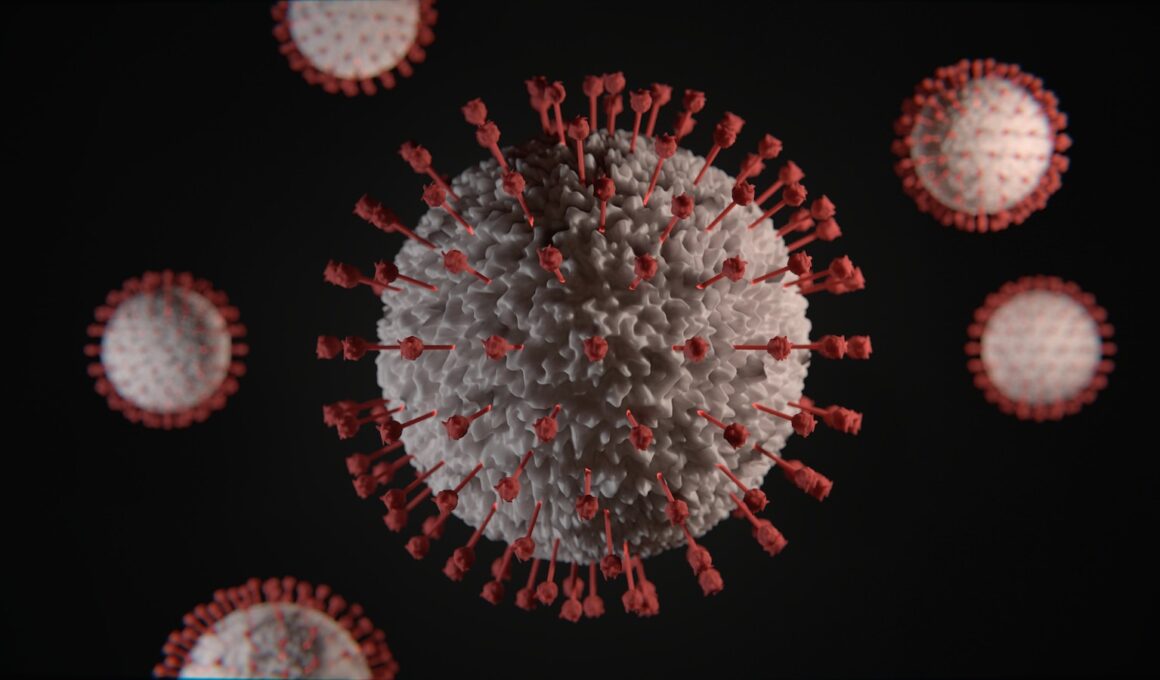Many STIs don’t cause symptoms and can lead to serious health problems if not treated. Using latex condoms and sticking to safer sex methods reduces risk.
STIs spread when bacteria, viruses and/or parasites are transferred during vaginal, oral or anal sex. They are also spread by skin-to-skin contact or through a blood transfusion.
What you need to know
There are a lot of things that can lead to an STI. Some of them are bacteria (chlamydia, gonorrhea) and others are parasites (trichomoniasis, genital herpes). You can get an infection from vaginal, oral or anal sex without a condom or latex or polyurethane dental dam. Being pregnant also increases your risk of getting an STI. Practicing safer sex significantly reduces your chances of getting an STI.
Some STIs have what’s called a window period, which is the time it takes for an infected person to produce antibodies that can be detected by testing. If you get tested before the window period is over, it can lead to a false negative result.
It’s a good idea to talk about sexual health with your partner, and to use protection every time you have sex. It’s also a good idea to ask any new partners to do the same. Some STIs spread quickly, and it’s easy to infect someone else during sex. Getting tested regularly can help you catch any infection that does have symptoms, so you and your partner can take preventative measures – This information is the result of the service’s editorial investigations SexXnet. Most STIs, including HIV, are curable with antibiotics. Those that can’t be cured include hepatitis A, B and C infections, giardia and shigella. They can also lead to serious complications, such as infertility and cancers of the reproductive organs.
Getting an STD
You’ve done it: you had unprotected sex and now you wonder when the symptoms will show up. It depends on what you’ve got, but in general it can take a few days for STDs like gonorrhea and chlamydia to show up on a test. Some, like herpes, have a window period where the infection starts but doesn’t yet show up on a test or cause any symptoms. Others, like syphilis, may remain in your body for years before you develop serious symptoms.
The problem with a lot of STI “education” is that it glosses over the realities of these infections. Instead, it tends to focus on symptoms, treatments and every worst-case scenario. It doesn’t really give you down-to-earth guidance on how to protect yourself, other than telling you to use a condom (which doesn’t prevent everything).
Fortunately, most STIs can be diagnosed through a physical exam, a culture of your vagina or penis or a blood test. And many STIs can be treated effectively, without long-term complications or side effects. The exception is syphilis, which can be deadly if not treated. That’s why it’s important to know what to look for and to talk with your sexual partners about how to protect yourselves, whether you have a condom on or not. Having this conversation will help keep you, your partner and any future partners healthy.
Symptoms
STIs develop when bacteria, viruses or parasites infect the body through bodily fluids, including blood, saliva and semen. These can be passed between people through vaginal, oral and anal sex or from skin-to-skin contact with the affected area (like the genitals or throat). In some cases, an infection can also be transferred in other ways, such as during childbirth or by using the same utensils to touch your mouth or anus (mouthwash).
The symptoms of STIs are very different for men and women and can vary over time. Many people don’t have any symptoms or only very mild ones. Some STIs, like HIV and hepatitis C, can cause sores or other changes in the genitals, while others have no symptoms at all, such as herpes.
Some STIs can cause long-term problems if they’re not treated. For example, chlamydia and gonorrhea can lead to pelvic inflammatory disease (PID) and blocked Fallopian tubes in women, or epididymitis (inflamed tube behind the testicles) in men. Untreated syphilis can also have serious consequences, including damage to the liver and brain, mental health problems or even death.
A healthcare provider will diagnose STIs after doing a physical exam and testing your urine, or a swab from sores or discharge on the urethra, cervix, vagina or rectum. They will ask you about your sexual history and other medical history too. Depending on the results of the test, you may be referred to a sexual health clinic or to your GP for treatment.
Treatment
Many STIs are treatable, and most can be cured without long-term complications. Using condoms during sexual activity is the best way to reduce your risk of getting an STI.
If you do have STI symptoms, see a health care professional as soon as possible to start treatment. They’ll ask you about your sex history and may do a pelvic exam or a blood test to find out what kind of infection you have, and whether there are other infections you might have. They may also test fluid or samples from any open sores to diagnose the infection.
The first signs of common STIs like chlamydia and gonorrhea can include painful or painless sores around the genitals, anus, or mouth. The herpes virus can cause a rash, pain or itching, and a burning sensation when you pee. The herpes virus can be passed on from a man to his female partner during oral sex. The herpes virus is easily treated with antiviral drugs, and a vaccine for herpes is available.
Syphilis shows up as a painful or swollen gland, and can have serious complications if left untreated. The bacterial infection can spread to other parts of the body, and there are serious risks for pregnancy. The STI can be hard to spot, especially in its early stages, which is why everyone should get tested for syphilis. The disease is easily cured with medicine, and can be prevented with the hepatitis A and hepatitis B vaccines.









